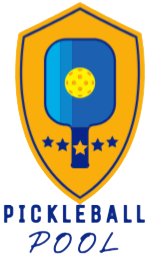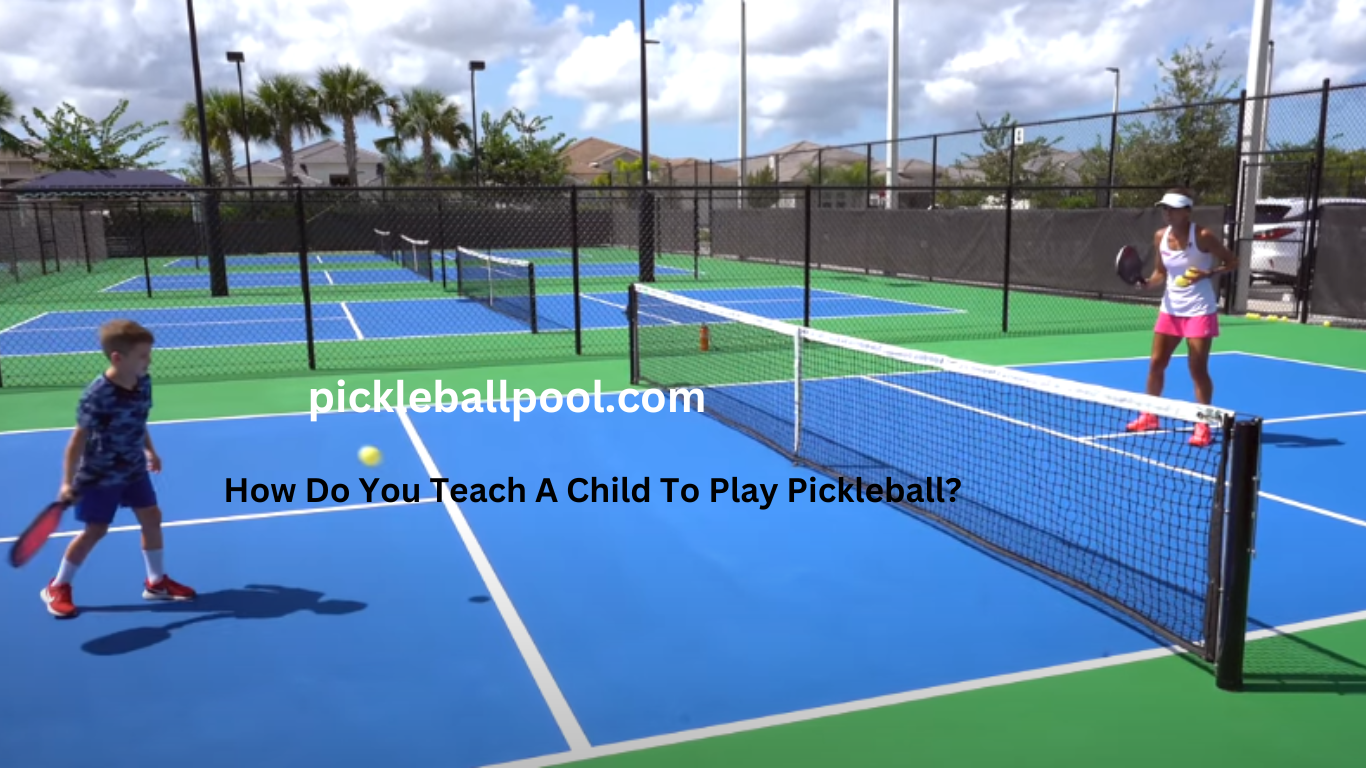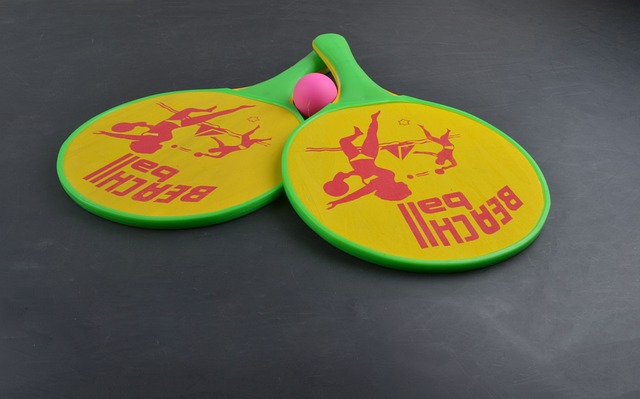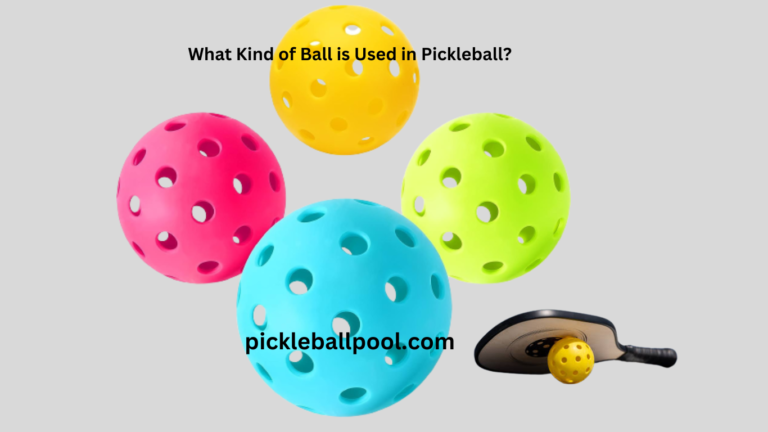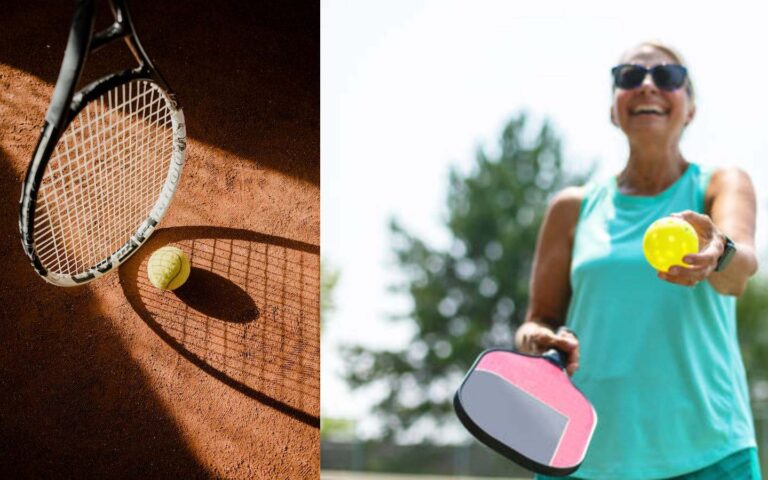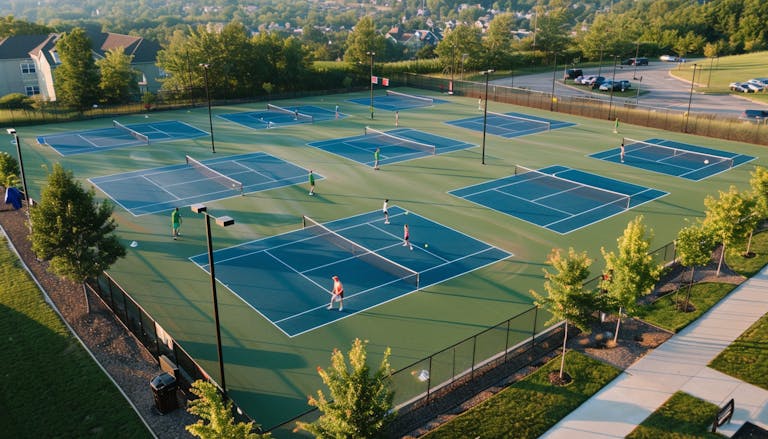How Do You Teach A Child To Play Pickleball?
The question often comes up – how do you teach a child to play pickleball? Pickleball is a great sport for kids to learn. With the right approach, you can successfully teach a child to play pickleball and set them up to enjoy the sport for years to come. This article will provide a step-by-step guide to teaching a child to play pickleball.
A Step-by-Step Guide to How Do You Teach A Child To Play Pickleball
Welcome to our guide on teaching pickleball to your child! Pickleball is a great sport that combines tennis, badminton, and ping-pong. It’s perfect for kids of all ages. Whether your child is new to the game or already interested, this guide will help you introduce pickleball in a fun way. We’ll cover everything from the basics to fostering a love for the game. Let’s get started!
Choose the Right Equipment
The first step in teaching a child to play pickleball is making sure you have the right equipment. Key gear needed includes pickleball paddles, balls, a net, and court space. Choose lightweight paddles and balls sized for smaller hands.
Setting up a portable net at a height of 36 inches will work for young kids learning the game. Look for any flat surface that can be used to create a modified pickleball court area. Having the proper pickleball equipment will allow the child to learn the game properly.
You May Like: Best Pickleball Paddle for Beginners
Teach Pickleball Basics
Before having a child start hitting balls, they need to learn the basics of pickleball. Take time to teach the child about court lines, dimensions, scoring, serving rules, and other fundamentals. Kids need to understand the boundaries, equipment, and objectives of the game before they can successfully play.
Break down pickleball into simple concepts that are easy to grasp. Ensure the child comprehends the basics before advancing to hitting skills. A solid foundation in pickleball basics sets the stage for ongoing development.
Focus on Paddle Grip to Teach A Child To Play Pickleball
One of the most crucial skills in learning to play pickleball is mastering the proper paddle grip. For beginners, teach the child the shakehand grip where the paddle rests diagonally across the palm.
Have them practice just holding the paddle correctly before making any swings. Taking time to learn the proper grip will pay off as the child develops strokes and shots down the road. Handling the paddle correctly is a cornerstone skill when teaching a child to play pickleball.
You May Also Like: Best Pickleball Gloves for Men and Women
Start With Underhand Groundstrokes
Once the basics are covered, hitting simple underhand groundstrokes is a good place to start. Have the child practice smooth back-and-forth strokes focusing on proper form rather than speed or power.
Positive reinforcement goes a long way in building confidence and skills. Progress to overhand motions once the underhand groundstrokes have improved consistency and control. Building groundstroke skills forms a strong foundation as you teach a child to play pickleball.
Introduce Serving
After groundstrokes, introducing serves is the next step in teaching pickleball to a child. Demonstrate proper underhand serving technique focusing on key form pointers – smooth motion, angled paddle, and contact below the waist.
Let the child initially practice the serving gesture without a ball, then add in gentle underhand serves aimed at landing in the service box area. Keep refining form and offer encouragement as the child develops consistent serving abilities. Serving is an essential skill set for a child to learn in order to play pickleball.
Play Cooperative Games
Full-on pickleball games can be daunting for a beginner child. Instead, use cooperative and inclusive games to build up skills. Try setups like hotshot drills, serving then rallying, double bounce contests or partner juggling rallies.
These engaging, low-pressure games allow the child to develop abilities without worrying about rigid rules or scoring. Games make learning pickleball fun rather than a chore. Incorporating cooperative play is a great way to teach a child pickleball.
Introduce Volleys
Once groundstrokes show improvement, start working on pickleball volleys. Have the child practice basic underhand volleys focusing on quick reaction time and keeping the wrist firm.
Two-player games help hone these rally skills in a friendly manner. Volleys require fast reflexes and paddle control, so drills concentrating on control can be beneficial. With patience and encouragement, the child will integrate volley skills into their pickleball development.
Focus on Paddle Control
Mastering paddle control is essential as a child learns pickleball skills. Incorporate target practice games, dribbling drills, and control drops to improve accuracy and finesse.
Guide the child to move the paddle smoothly and gently place shots rather than slamming the ball. These control-focused drills foster improved volleys, groundstrokes, and placement abilities. Helping a child gain deft paddle control provides huge benefits when teaching pickleball.
Teach Rules and Scoring
In order for a child to play actual pickleball games, they need to understand the rules and scoring system. Explain court positioning, scoring procedures, line calls, service sequencing, and faults. Reinforce these rules through mini-practice games.
Avoid harshly focusing on mistakes and offer praise for effort. Knowing the parameters and objectives allows the child to properly play the game of pickleball.
Play Games Together
Once skills start coming together, a child is ready to begin applying them in pickleball matches. Start with 1-on-1 rallies then move to games of 11 or 15 points. Maintain a fun, supportive environment – don’t overemphasize competition at first.
Also, try friendly doubles games that incorporate teamwork. Playing full games gives kids the chance to use their developing abilities. Integrating enjoyable games is key when teaching a child pickleball.
You May Also Like: Best Pickleball Paddles Under $100 for Beginners to Pros
Make It Engaging and Rewarding
Most importantly, make learning pickleball a positive experience for the child. Using encouragement, games, variety, and fun will keep them engaged in developing skills. Go at their pace and celebrate small victories.
Teaching pickleball should feel rewarding, not punitive. Maintain a nurturing, failure-free environment. With the right approach, the child will gain competency in pickleball and appreciate it for a lifetime.
Conclusion: How Do You Teach A Child To Play Pickleball?
Teaching a child to play pickleball can be an incredibly rewarding experience for both parent and child. The keys are having the right equipment, breaking down fundamentals, incorporating games and drills, and maintaining a supportive, engaging environment. With patience and encouragement, you can successfully teach pickleball skills while ensuring your child has fun in the process.
Focus on effort rather than strict rules or competition at a young age. As your child progresses, they will gain competency in serving, volleys, groundstrokes, and positioning. This will allow them to play full games while learning important lessons of teamwork, sportsmanship, and perseverance.
Most importantly, make sure your child enjoys the experience of learning, so they develop a lifelong passion for pickleball. With the proper approach to instruction, you can set your child up for success on the pickleball court while creating wonderful memories together.
Frequently Asked Questions
What is the best age to introduce pickleball?
Ages 8-12 are ideal, as basic hand-eye coordination is developed but sports skills are still being learned. Kids as young as 5 can start learning pickleball basics.
What size paddle does my child need?
Look for a midsize, lightweight paddle around 15 inches long that allows a comfortable grip. Proper paddle size helps kids learn proper technique.
How strict should I be about rules and scoring?
Focus first on fundamentals in a relaxed environment. As skills progress, start reinforcing proper rules, positioning, and scoring.
How do I make practice fun?
Incorporate games, challenges, variety, and positive reinforcement. Avoid repetitive drills or harsh criticism. Keep practices short and engaging.
How competitive should we be?
Encourage cooperation and effort rather than focusing on wins. Light competition can motivate older kids but avoid an intense emphasis on outcomes.
The keys to successfully teaching a child pickleball are having the right equipment, breaking down basics, making lessons engaging, and providing encouragement. With a thoughtful, nurturing approach, you can set any child up to learn pickleball skills and find enjoyment in this wonderful sport.
